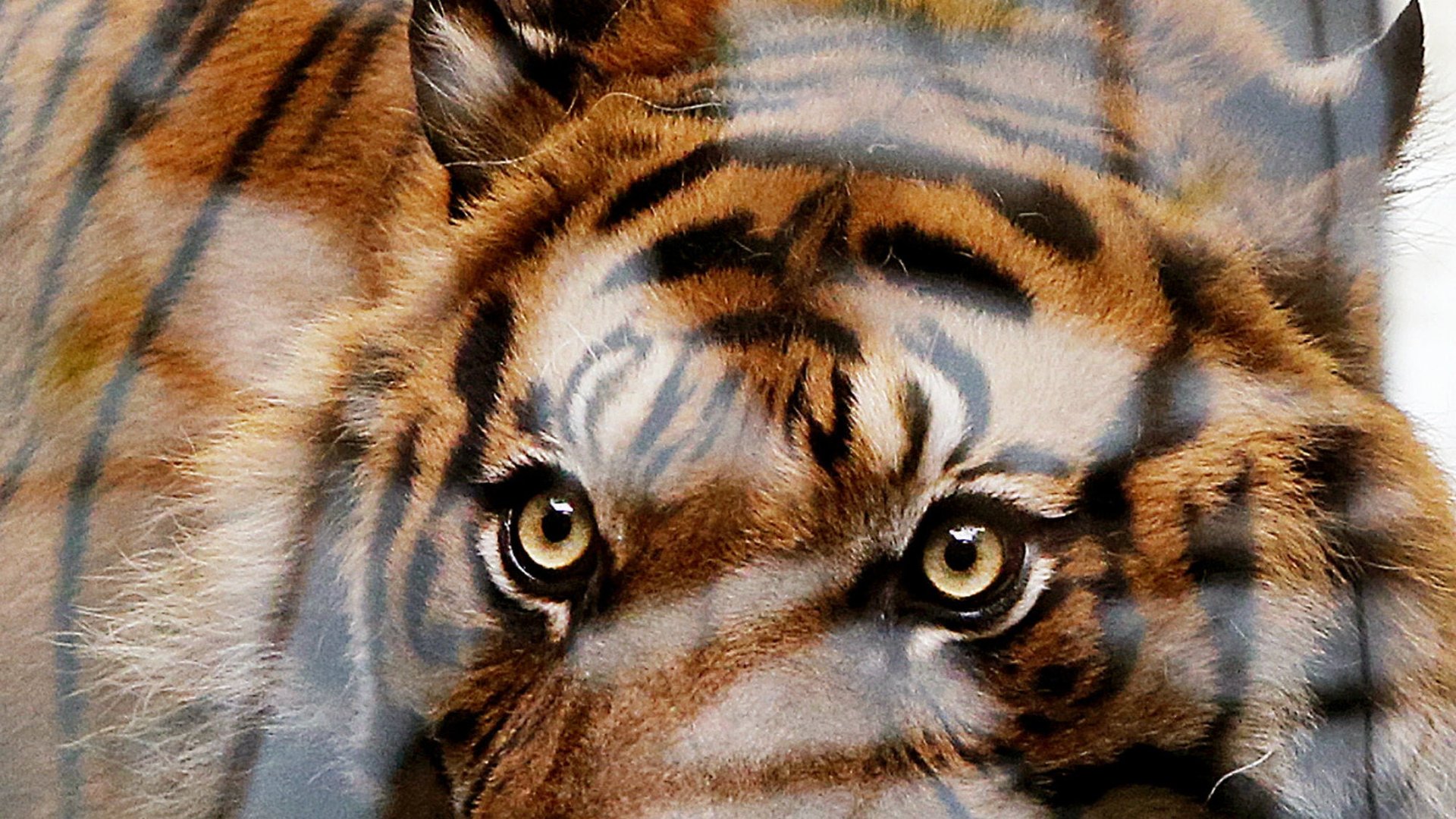This newspaper story is the perfect example of why people should read the news before reacting
A website run by the Norwegian public broadcasting corporation recently started making people pass take a short multiple choice quiz to prove they’ve actually read articles before commenting. It’s an effort to combat the destructive human impulse to react to news before we’ve bothered to understand exactly what we’re reacting to.


A website run by the Norwegian public broadcasting corporation recently started making people pass take a short multiple choice quiz to prove they’ve actually read articles before commenting. It’s an effort to combat the destructive human impulse to react to news before we’ve bothered to understand exactly what we’re reacting to.
A 2016 study found that 60% of social media links are never actually clicked, even by the people who shared them. This impulsiveness imperils our politics. It can also threaten our safety.
For proof, look back to Nov. 9, 1874, when the New York Herald broke the news of a horrifying public emergency unfolding on the streets of New York City. An enraged rhinoceros at the New York Zoo charged through its enclosure, destroying the system of gates separating animals from the public. Escaped animals were rampaging through the city, in what the headline called “A Shocking Sabbath Carnival of Death.”
The article described unspeakable carnage. A lion pounced upon a nanny and her charges. A tiger leapt onto an escaping ferry; passengers not mauled by the cat were trampled by terrified horses onboard. A panther entered Saint Thomas Church on Fifth Avenue and buried its fangs in the neck of a woman cowering there for safety. Desperate victims firing guns at charging animals missed and shot bystanders instead.
As newspaper hawkers screamed the news throughout the city, New Yorkers panicked. Parents raced to their children’s schools. Armed police officers dispersed. Residents grabbed guns and took to the streets in an effort to save their city, adding trigger-happy vigilantes to the menagerie threatening public safety.
It was easy to tell who hadn’t read all the way to the final paragraph, which began: “Of course the entire story given above is a pure fabrication. Not one word of it is true.”
The reporter who wrote the story argued that it was a test of the city’s emergency preparedness. People were outraged, according to an account from the Museum of Hoaxes recently highlighted by the Memory Palace podcast. Despite the fact that their fake news created real danger—armed vigilantes in the street, frightened residents taking to rooftops for safety—the Herald offered only a half-hearted apology.
More than a century later, we haven’t outgrown the urge to bait the impulsive—NPR played a similar (and similarly successful) prank on readers in 2014, though as befitting public radio, it was far gentler. But take a minute to remember those imaginary marauding animals next time you’re tempted to share a headline without really knowing the story behind it. As Nate DiMeo at the Memory Palace puts it, the imaginary catastrophe at the New York Zoo is “a lesson, worth recalling now and again, about the problems that can arise when you let imaginary beasts loose in the world.”